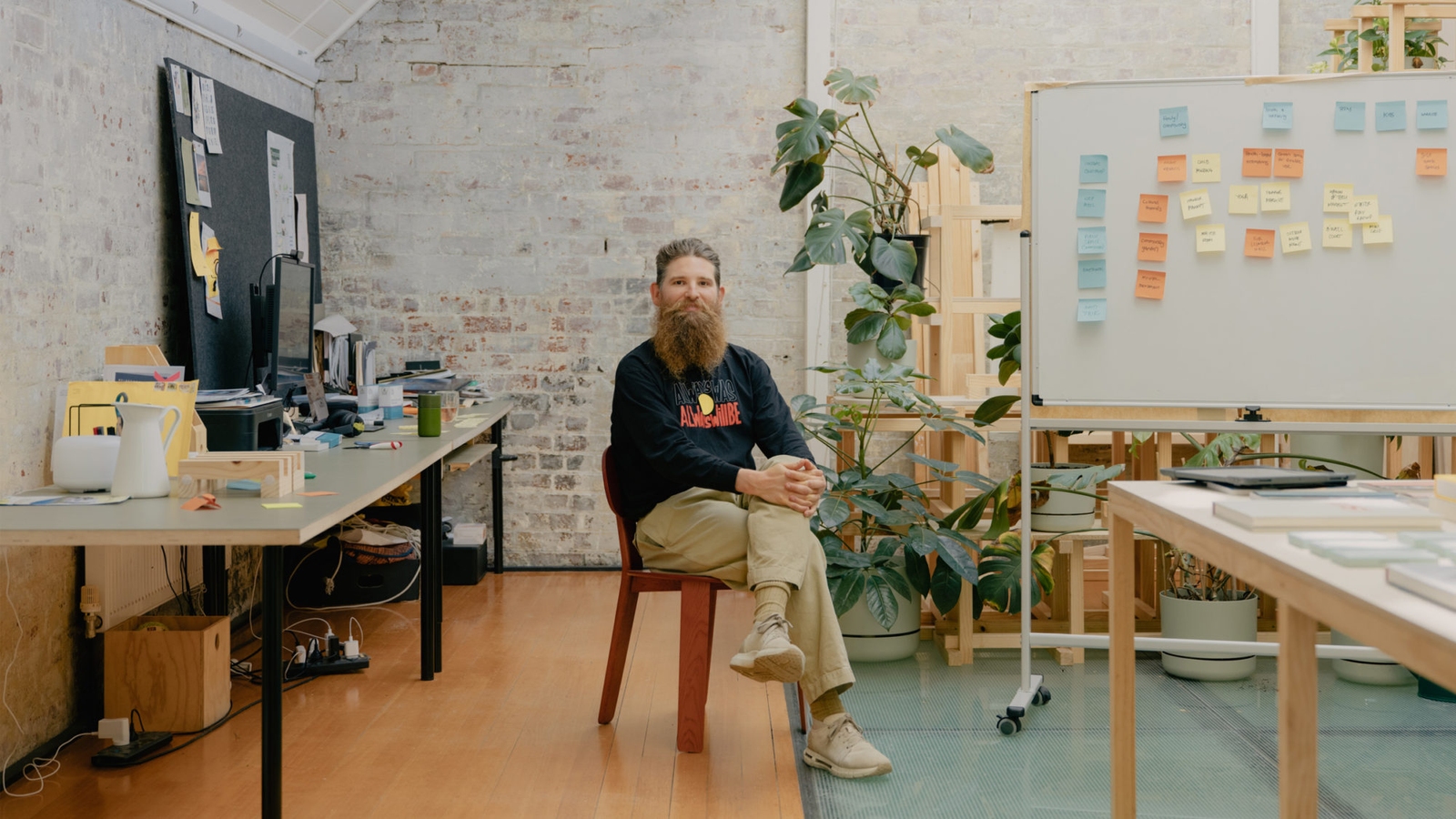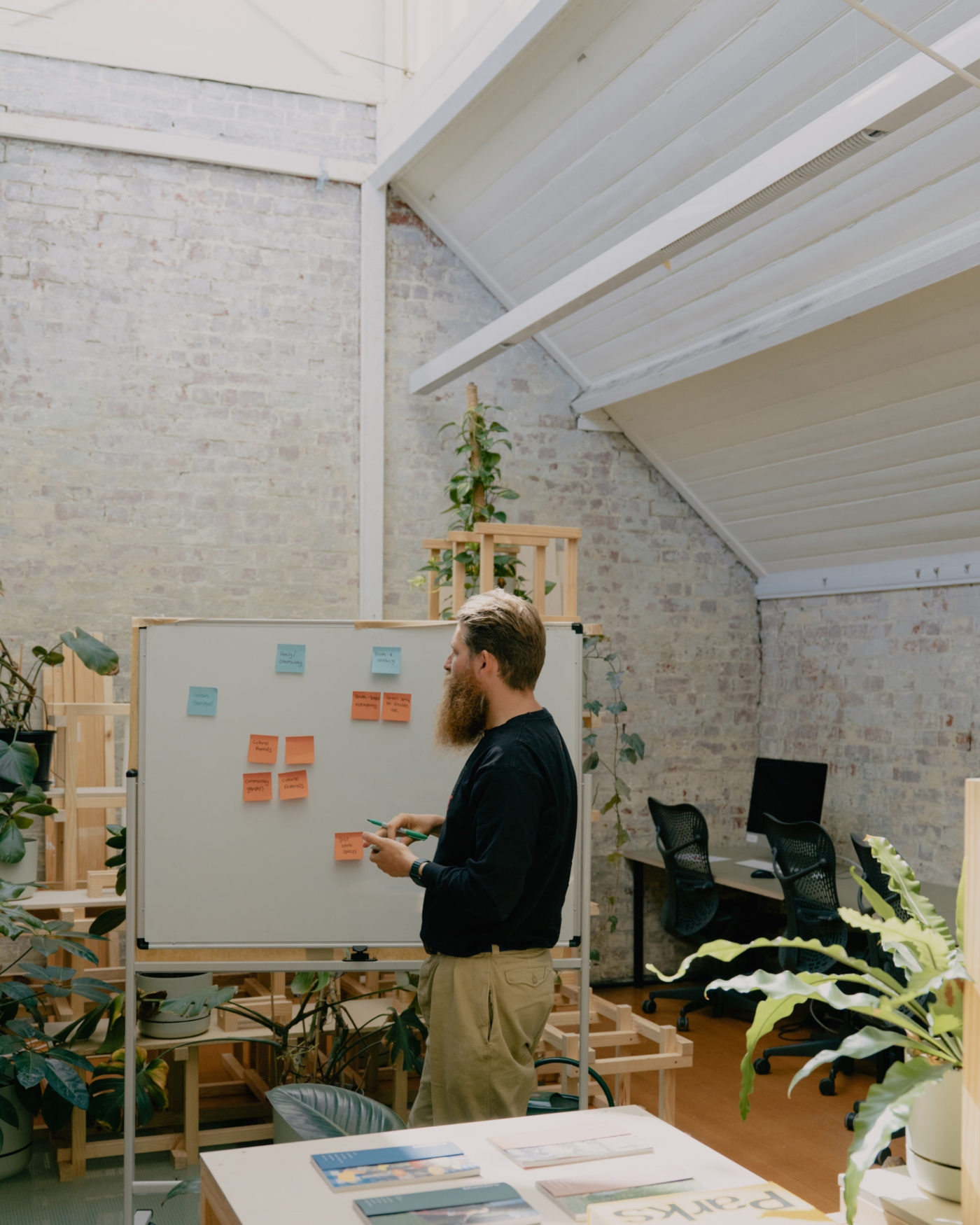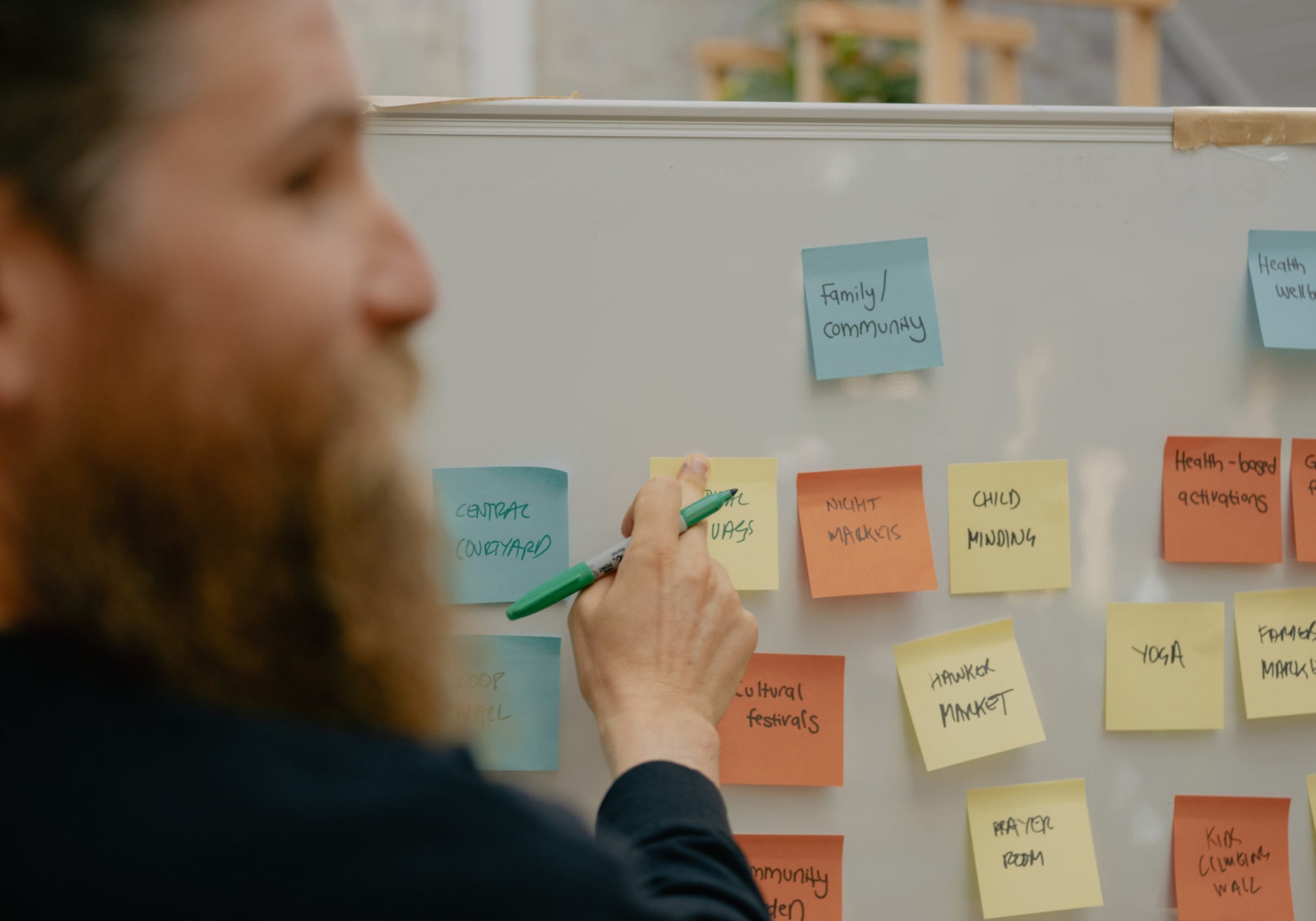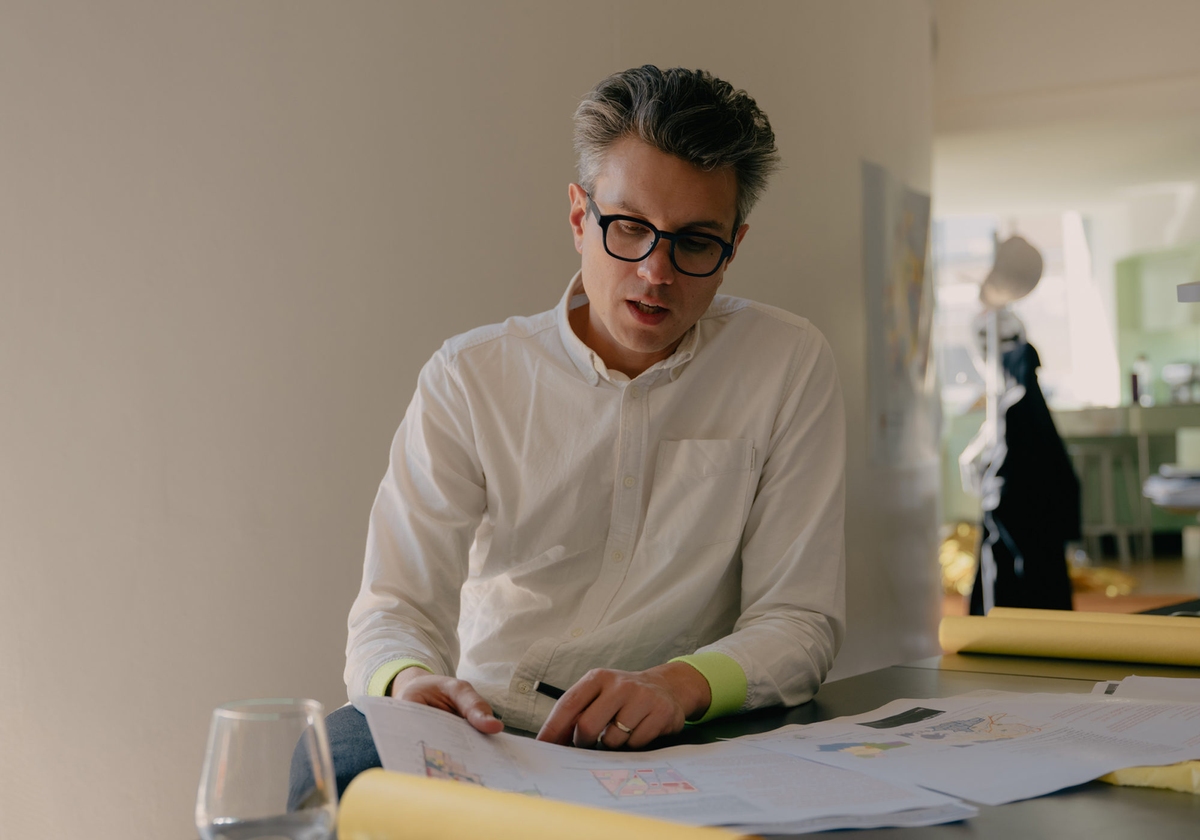Engaging community
Insight

Local Peoples works across several sectors and types of projects. How do you describe what you do, and your involvement in this project at Wollert?
Local Peoples specialises in place-making, community engagement and what we call “experience master planning”. We work with public and private sector developers to help understand the current and future needs of residents through evidence-based research.
The Wollert precinct is a unique project bringing together what’s typically two separate buildings: the community activity centre and the community retail centre.
SRL are combining multiple uses and providing a range of reasons and opportunities for the community. There are also services to address across sports and recreation, health and wellbeing, childcare and early learning.
How do you determine what those services might be?
Our approach is to zero in on the voice of future residents. We do that through human-centred design, which is about engaging with the people you’re ultimately designing for – and actually designing with them.
How does that engagement work?
It’s a combination of different research methods. We do one-on-one interviews, town hall workshop sessions, digital research and surveys.

Is there a different approach needed for greenfield projects such as Wollert, compared to more urban or infill projects?
Yes. When we began in Wollert, I think the population was half the size. So it’s growing at a very rapid rate. In that respect, it’s a little easier in these projects because often it’s for newer populations. There’s a bit more of a sense of progressiveness. Everyone’s in a relatively new house, in a relatively new street, in a relatively new suburb.
Three years ago, when we started the research, there were fewer people there, so we were also engaging with people looking to move to the area. We were understanding what might be important to them.
What general themes emerged at Wollert during your community engagement?
Health and wellbeing is a strong theme – probably stronger than we might have thought. It was flagged pre-COVID, but it maybe got a little bit louder throughout more recent research. There’s been a shift, I think, in terms of social connectedness. People having worked from home are probably a bit fatigued with themselves and their families, so there are opportunities to connect socially.
There’s also a high proportion of new Australians and migrant communities in Wollert and the surrounding suburbs. We found there’s a real interest in learning about different cultures and neighbours and connecting in that way as well.
Sport and recreation was another theme, and providing spaces for younger families. Spaces for children through to teens, where they can hang out, be safe and socialise with their friends.
We’re always looking through that intergenerational lens at how different places are going to be used, and how they can be welcoming and inclusive for all age groups.
Is there one particular space you’re looking forward to seeing realised at Wollert?
I think there are going to be multiple great spaces. The central courtyard will be stunning and a lovely place for people to gather. There’s also the rooftop, the amphitheatre, the early learning centre and the gym. They will be really great as well.
You’ve been part of the community engagement process on many projects. How has this project been different?
SRL really encourage collaboration, which I think always brings out the best in different skillsets. No one is strictly confined to their area of expertise, which introduces fresh perspectives and often leads to a much stronger solution.
It’s a pretty outstanding team, hopefully we’ve been able to inform the design ideas. It’s been a real pleasure to collaborate with everybody.
